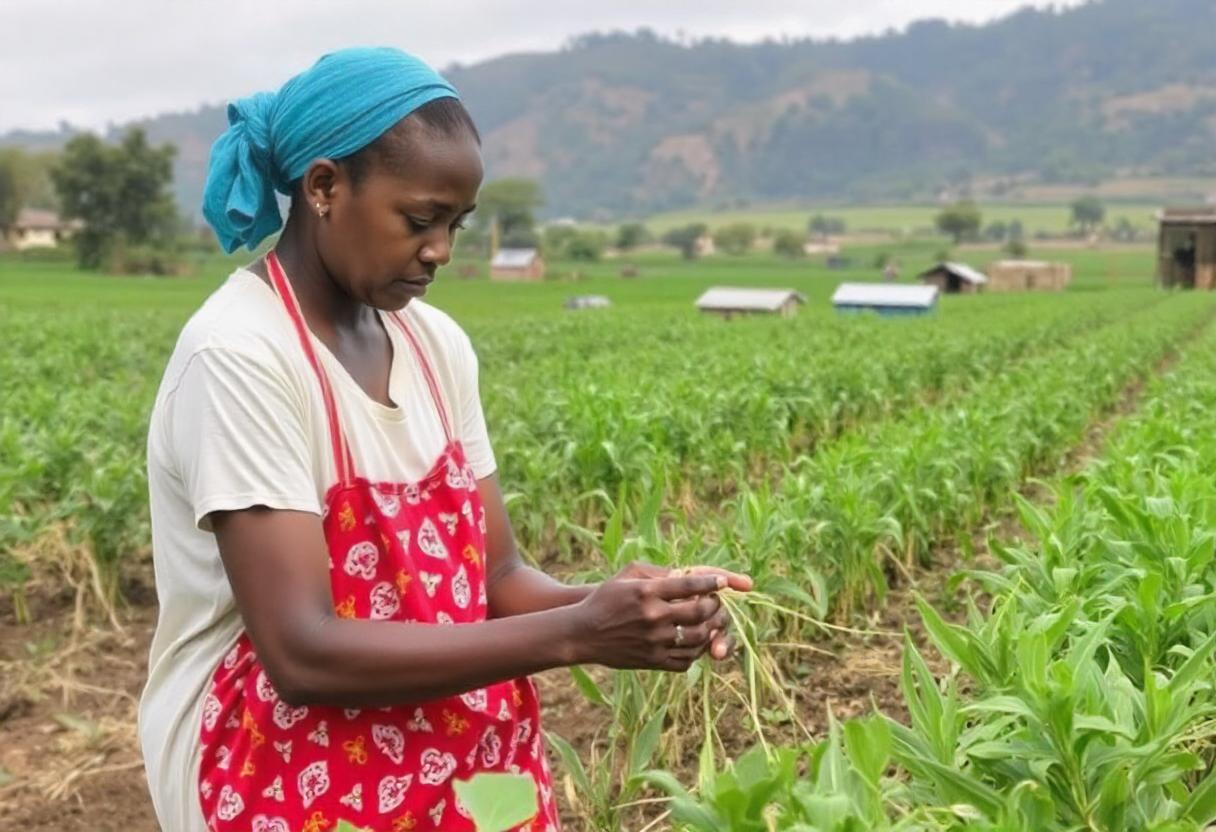
Agriculture plays a crucial role in shaping the social fabric of rural communities. Its impact extends beyond mere economic contributions, influencing various aspects of daily life, social structures, and community development.
Employment Opportunities
Agriculture is a primary source of employment in many rural areas. It provides jobs for a significant portion of the population, from farming and livestock management to processing and distribution. This employment helps to sustain livelihoods and reduce poverty levels. Seasonal agricultural work also offers temporary income opportunities, contributing to household stability.
Community Development
Agricultural activities foster community development by encouraging local collaboration and infrastructure development. Rural communities often come together to work on collective farming projects, share resources, and support one another. This sense of collaboration extends to building and maintaining essential infrastructure, such as roads, schools, and markets.
Education and Skill Development
Agriculture contributes to education and skill development in rural areas. Many agricultural initiatives involve training programs that educate farmers on modern techniques, sustainable practices, and business management. These programs enhance the skills of the local workforce, improving productivity and fostering a culture of continuous learning.
Social Cohesion and Cultural Preservation
Agriculture is deeply intertwined with cultural traditions and practices in rural communities. Farming practices, festivals, and local customs often revolve around agricultural cycles. This connection to agriculture helps preserve cultural heritage and strengthens social cohesion, as communities celebrate and uphold traditional practices together.
Health and Nutrition
Access to fresh, locally grown produce significantly impacts the health and nutrition of rural populations. Agriculture ensures that communities have a steady supply of nutritious food, which is essential for maintaining health and preventing malnutrition. Additionally, agricultural activities promote physical health through manual labor and outdoor work.
Gender Dynamics
Agriculture can influence gender dynamics within rural communities. Traditionally, women play a crucial role in agricultural activities, including planting, harvesting, and managing household farms. However, agricultural advancements and access to resources can also empower women by providing them with greater economic opportunities and a stronger voice in community decisions.
Economic Resilience
Agricultural activities contribute to the economic resilience of rural communities. Diversified farming practices and the development of value-added products, such as processed goods or artisanal crafts, can create additional income streams and reduce economic vulnerability. By strengthening local economies, agriculture helps communities withstand economic shocks and uncertainties.
Social Services and Support Systems
The agricultural sector often drives the establishment of social services and support systems in rural areas. Governments and non-governmental organizations may provide services such as healthcare, education, and financial assistance to support farming communities. These services contribute to the overall well-being and quality of life in rural areas.